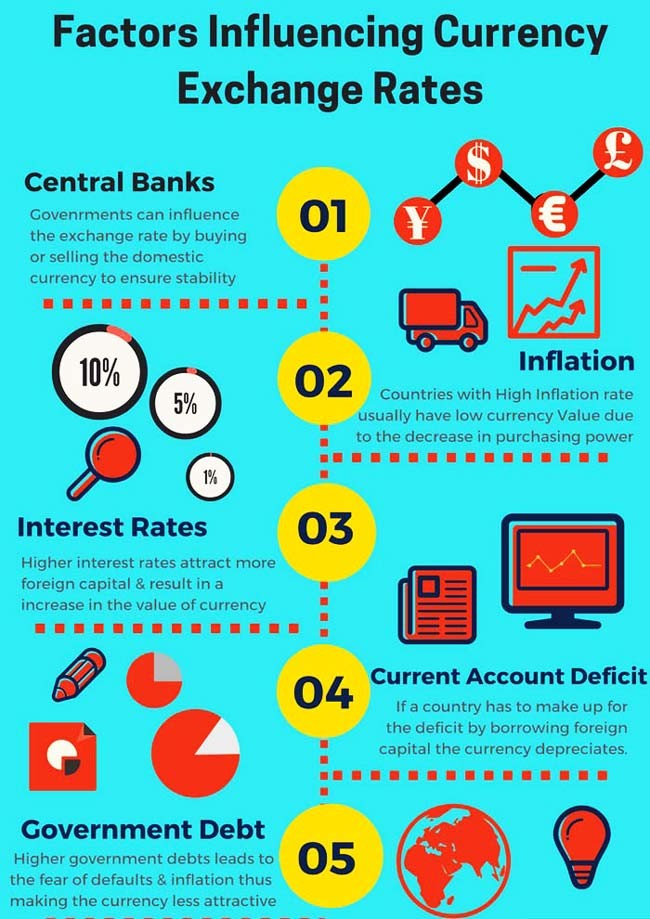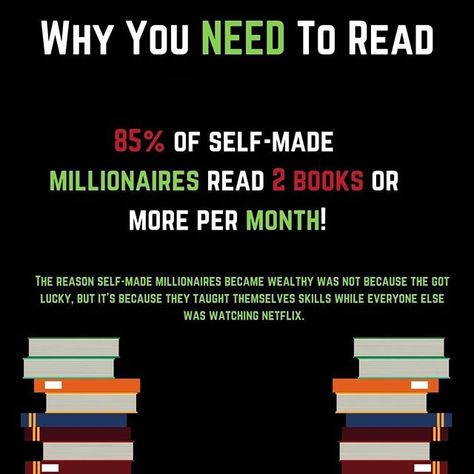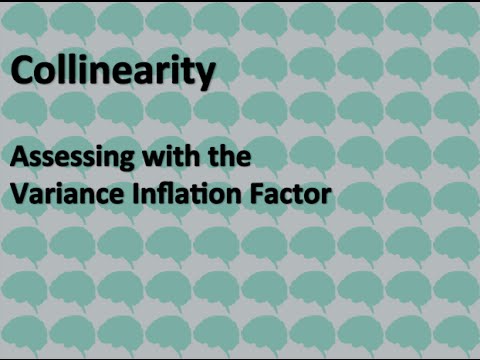The difference between fixed and variable costs
Contents:


Estimate the total fixed costs .The total fixed costs are simply the point at which the line drawn in step 2 meets the y-axis. Remember, the line meets the y-axis when the activity level is zero. Fixed costs remain the same in total regardless of level of production, and variable costs change in total with changes in levels of production. Since variable costs are zero when no units are produced, the costs reflected on the graph at the y- intercept must represent total fixed costs. Understanding your cost structure can help you quickly estimate your profit at different outputs.

direct write off method costs are any expenses that change based on how much a company produces and sells. This means that variable costs increase as production rises and decrease as production falls. Some of the most common types of variable costs include labor, utility expenses, commissions, and raw materials. Variable cost changes according to the quantity of a good or service being produced. Variable costs are also the sum of marginal costs over all of the units produced .
Fixed costs are relatively easy to predict but difficult to adjust. Learning to determine and control variable costs is an important challenge for every business owner and is essential to sustained profitability. Fixed costs are those expenses that remain constant regardless of the amount of good that is produced.
That’s the point at which a company’s revenue and expenses are equal, meaning it isn’t earning a profit or losing money. Businesses with higher fixed costs generally have higher break-even points, meaning they have to make and sell more stuff in order to turn a profit . Since variable costs are tied to output, lower production volume means fewer costs are incurred, which eases the cost pressure on a company — but fixed costs must still be paid regardless. At the unit level, variable costs remain the same, while fixed cost per unit varies. Fixed cost per unit reduces with the increase in volume production and vice versa.
Thus, fixed costs are incurred over a period of time, while variable costs are incurred as units are produced. A variable cost of this product would be the direct material, i.e., cloth, and the direct labor. The facility and equipment are fixed costs, incurred regardless of whether even one shirt is made. Fixed costs remain constant in total, whereas variable costs change with changes in production volume or activity. The unit cost of a variable cost remains fixed throughout the relevant range of activity.
Examples of Fixed Costs
That’s because these costs occur regularly and rarely change over time. Fixed costs remain constant over a specified period, such as a financial year, quarter, month, or any other period. Since the cost remains constant throughout the specified period, reporting and auditing become very easy. Suppose the business stops for any reason, the indirect costs would still be payable.
- Also ask about discounts for high-volume purchases and see if you can change your purchasing schedule to take advantage of any discounts available.
- Fixed and variable costs are types of expenses that businesses pay in order to operate.
- Fixed cost per unit reduces with the increase in volume production and vice versa.
This is a schedule that is used to calculate the cost of producing the company’s products for a set period of time. Graphically, we can see that fixed costs are not related to the volume of automobiles produced by the company. No matter how high or low sales are, fixed costs remain the same. The more fixed costs a company has, the more revenue a company needs to generate to be able to break even, which means it needs to work harder to produce and sell its products.
Variable cost
Graphing the different costs can provide insight into how each one plays a role in production. The shape and structure of total, variable, and fixed costs will differ based on industry environments. The graph below demonstrates linear variable costs, which is not always the case. Variable expenses used in this analysis can include the raw materials or inventory involved in the production, whereas the fixed costs can include rent for the production plant.
Fixed costs and variable costs are two main types of costs a business can incur when producing goods and services. Whether or not goods or services are produced, fixed costs never change. As a result, unlike variable costs, a company’s fixed expenses are indirect, meaning they often don’t pertain to the manufacturing process and don’t change with the production volume.
Cash Flow Basics: Understanding Financial Statements
Fixed and variable costs help businesses determine cost-based pricing, as the cost of producing a good is the summation of both. Cost-based pricing is the practice of sellers asking for a price that is derived from the cost of producing the item. This is common in competitive markets where sellers seek the lowest price to beat their rivals. However, the bakery’s variable costs include the cost of ingredients, such as flour, sugar, and eggs, which are necessary to make cupcakes. If the bakery produces 100 cupcakes in a month, their variable costs for ingredients might be $200.
What Do You Want For Your Retirement? If You’re In The Latter Part Of Your Career, It’s Time To Start Thinking About That Question. – Forbes
What Do You Want For Your Retirement? If You’re In The Latter Part Of Your Career, It’s Time To Start Thinking About That Question..
Posted: Wed, 12 Apr 2023 17:13:23 GMT [source]
Incurred whenEven if the output is nil, fixed costs are incurred. Since they are changing continuously and the amount you spend on them differs from month-to-month, variable expenses are harder to monitor and control. They can decrease or increase rapidly, cut your profit margins and result in a steep loss or a whirlwind profit for the business. A semi-variable cost, also known as a mixed or semi-fixed cost, is composed of a mixture of fixed and variable components. For example, let’s say that Company ABC has a lease of $10,000 a month on its production facility and produces 1,000 mugs per month.
For example, if you own a bakery and have a bad month, you’ll still owe the same amount for your rent or mortgage, your liability insurance, your employees’ salaries, etc. These and other fixed costs don’t change as your business changes. Likewise, your fixed costs will account for a smaller percentage of your total expenses if your bakery increases in popularity and generates more sales. Taken together, fixed and variable costs are the total cost of keeping your business running and making sales. Fixed costs stay the same no matter how many sales you make, while your total variable cost increases with sales volume. If the company produces 0 tables, it still pays the fixed costs of $20,000.
What is the difference between fixed and variable cost?
Talus Pay POS Everything from basic payment processing to inventory management and customer management—even for multiple locations. PAX A920 Terminal Customer-facing terminals that are easy to use, EMV-ready, and chock-full of convenient functionality. SwipeSimple Card Reader Mobile card readers that make fast, secure transactions a reality even when your business is on the go. Branded Gift Cards Boost your brand’s visibility to drive sales higher than they’ve ever been before with gift cards uniquely designed for your business. Merchant Cash Advance Get fast access to cash to grow your business without ever taking out a bank loan.

An example of a semi-variable cost is a vehicle rental that is billed at a base rate plus a per-mile charge. Marginal costs can include variable costs because they are part of the production process and expense. Think of things like rent, equipment leases, management, salaries, all those expenses firms must incur and that don’t depend on how the quantity of goods produced.
Variable costs vary in total but the unit cost remains fixed. When it’s time to cut costs, variable expenses are the first place you turn. The lower your total variable cost, the less it costs you to provide your product or service.
- The company also estimated that the variable cost per unit is $40 per unit.
- The more a firm produces, the higher the variable costs it incurs and the less a firm produces, the lower the variable costs it incurs.
- Some very common examples of fixed costs include property tax, lease and rent payments, certain salaries, depreciation, insurance, and interest payments.
- In the case of fixed costs, higher production leads to more profitability as the cost per unit comes down.
- Fixed costs typically stay the same for a specific period and they are often time-related.
As per the above explanations, both cost categories are very different and are essential in financial analysis. So, both the categories are used in unique ways to each other. As such, it is crucial to understand the various facets of the two to apply them successfully in a business scenario. Falling under the category of cost of goods sold , your total variable cost is the amount of money you spend to produce and sell your products or services. A variable cost is a cost that varies in relation to either production volume or the amount of services provided.
For example, many fixed costs are “needs,” like rent and insurance. Meanwhile, some variable costs — like eating out and buying new clothes — may fall under the “wants” category. If a company produces just a few units each month, workers do not gain the experience needed to work efficiently and may waste time and materials. This has the effect of driving up the per unit variable cost. We have now learned about two types of cost behavior patterns—variable costs and fixed costs.
Fixed costs are those that can’t be changed regardless of your business’s performance. Your company’s total fixed costs will be independent of your production level or sales volume. Rents go up, salaries increase and insurance premiums tend to rise.
That https://1investing.in/s when output increases enough that variable costs trend downward. Initially, variable costs decreased due to economies of scale. A small cupcake bakery has a fixed monthly rent of $1,000 for its storefront, as well as a fixed salary expense of $3,000 for its full-time baker. These are fixed costs because they do not change regardless of how many cupcakes the bakery produces. Another example of variable costs would be if a business produces hats at $5 each. If the business produces 200 units, its variable cost would be $1,000.

Variable costs for a restaurant owner include food, beverages, paper goods, wages for non-salaried employees, uniforms, and janitorial services. All of these costs will rise with an increase in business and contract when things are slower. Fixed costs are called indirect costs because they are not directly related to the volume of the production of a firm. The Fixed cost is time-related, i.e. it remains constant over a period. Unlike Variable Cost which is volume related, i.e. it changes with the change in volume. Fixed costs may include lease and rental payments, insurance, and interest payments.